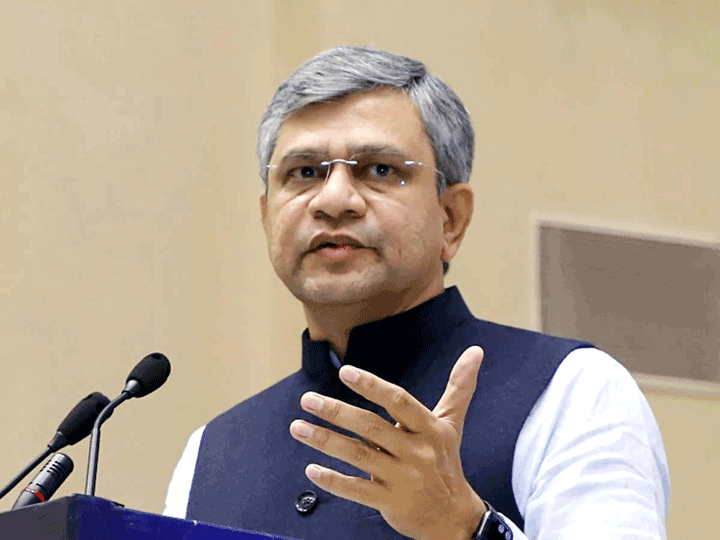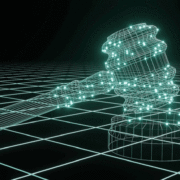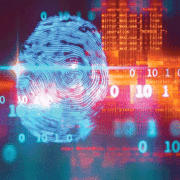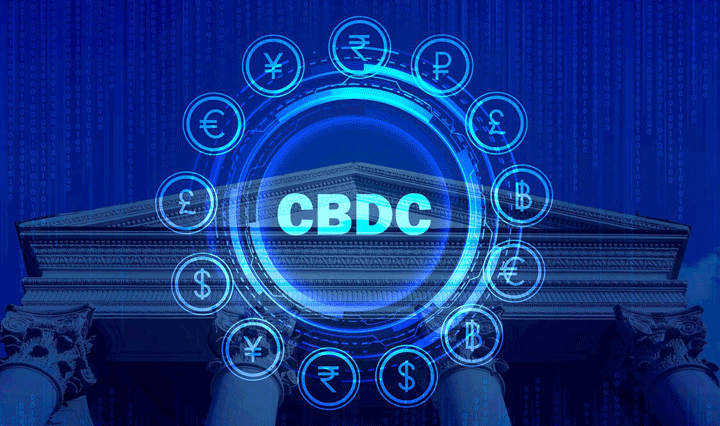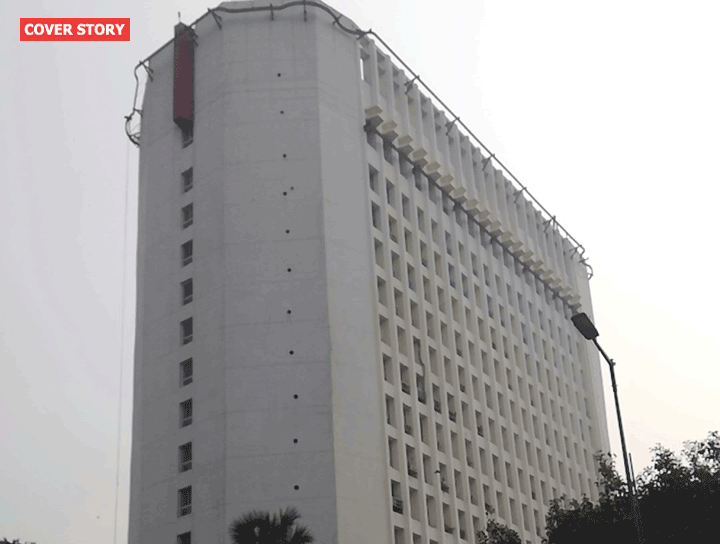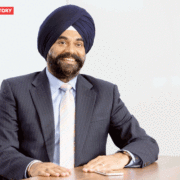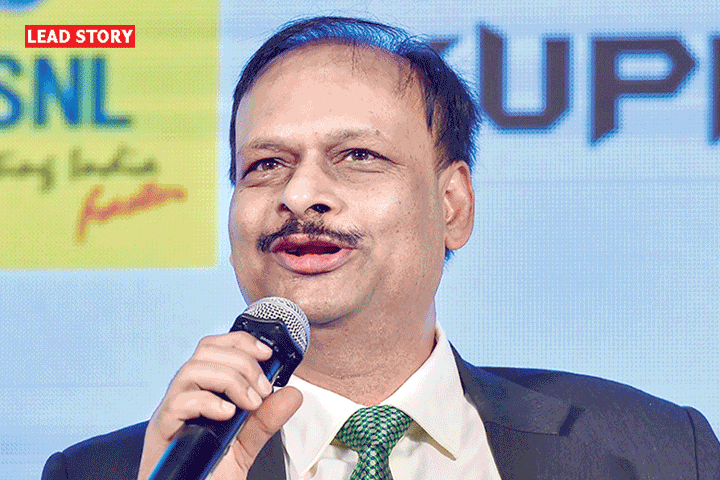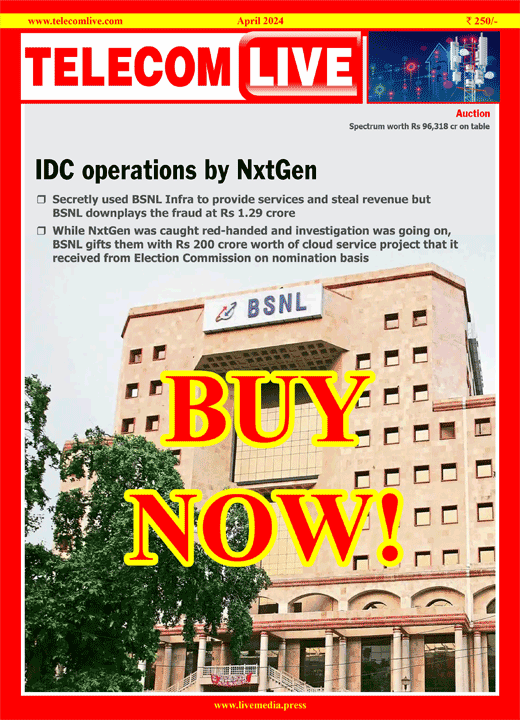Editorial – April 2015
The Spectrum auctions held for 19 days from March 4-25, 2015 has seen spectacular revenue realizations. All the bands 800 MHz, 900 MHz, 1800 MHz & 2100 MHz were offered concurrently and there were 115 rounds of bidding. And this is a first because previously auction of different bands were held sequentially.
This issue of TelecomLive is an Auction issue. It gives you a complete financial analysis circle wise and operator wise. It has a spectrum map, it plots statistically who has what and it is also a comprehensive tariff education guide. Certainly, it is a magazine issue that will be referred to for a long time by industry, government and regulatory readers; such is the depth of its coverage.
The underlying reason for the success of this present auction is that licenses of operators were coming up for renewal, and failure would have meant an expiry of those licenses. There were 19 service areas, where the licenses were expiring in November 2015. We saw a similar trend in February 2014 when the Metro area licenses (Delhi, Mumbai, Kolkata) came up for renewal.
There are other interesting facts as well. In the 2100 MHz band, the sale of 5 MHz paired spectrum in 14 service areas (out of total 22 i.e. a pan-India license) fetched Rs 10,115.41 crore. Contrast this, with what happened in 2G scam. New licensees got spectrum for pan-India licenses by paying Rs 1,658 crore. They had no network and on the strength of their corrupted allocations made windfall profits by conducting private sale of a government resource that was then valued at Rs 10,000 crore. The present auctions show that India is a valued market. And all those wretched statements of the previous dispensation about “zero loss” and how tariff hikes would follow if spectrum were auctioned are established as pure bluff.
However, the bogey of tariff hike is being raised by the industry once again through their press releases and utterances on different forums. Very effectively, the Telecom Minister has cut down this consistent propaganda, shown them how tarrif hike impact cannot be more than 1.3 paisa per minute. In other words, the calculation that he has presented is a signal for a cap and a message to the industry that the wild swings of price behavior will not be tolerated, a marked contrast to his predecessor, Kapil Sibal who actively encouraged such conduct.
The only depressant in this extremely good story is the pricing of the 1800 MHz band. Why was the pricing of 1800 MHz band kept lower than the 2100 MHz band? This has led to an under recovery of Rs 6,491.72 crore, our analysis shows. This is a point that the DoT will have difficulty in explaining to the CAG.



